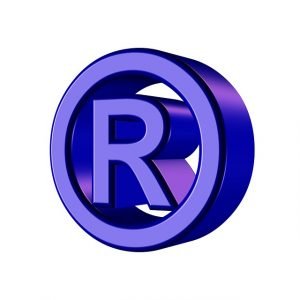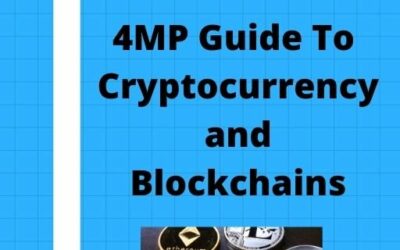Intellectual Property is anything created by you or your business employees for your business marketing use. They are intangible creations. Videos, music, logos, artwork, written works, inventions, even trade secrets can be considered intellectual property. The problem is that if you are not careful, someone can steal it, abuse it, or put their name on it.
You don’t need to pay Legal Zoom or another online legal forms marketer to obtain a Trademark or Copyright. You can do it yourself with the information provided here by 4M Performance.

Trademarks
A trademark (TM) represents your brand or product. You can trademark a word, symbol, logo, name, slogan. You can also trademark unique color schemes, and sounds. A federally Registered Trademark will protect you from others wanting to profit from your brand or business.

Registered Trademark
You must register your ‘mark’ with the U.S. Patent & Trademark Office. Under the law, you do not have to register your trademark to receive protection rights, but it is recommend that all trademarks be registered as this gives you added protection.
There are two Trademark symbols. The TM, which stands for Trademark, is free and you can use it at anytime. The R symbol means that the trademark is registered. You must submit samples of the symbols, logos, names, etc. that you want to register. The application fees for filing is $225 or $275 depending upon your selection of what you want to register.
Obtaining a Registered Trademark is very simple and straightforward. The application process is completed online and the fees are relatively inexpensive.
Note: Registering a website domain name IS NOT registering a trademark! That only gives you a website URL or address for you to build your website. You can have more than one domain name pointing to your website. Consult your hosting provider for more information.
Copyrights

A copyright provides protection for original works. These include authorship of books, poems sculpures music, films, plays, etc. These rights can be licensed or assigned to other. A Copyright is obtained from the U.S. Copyright Office, which administers, registers, records, and licenses original works.
The Copyright Office bases registration on the type of work to be registered: Literary, Visual, Single Composition, Performing Arts, and Sound Recordings. For example, registering a novel uses a TX form. You must submit a copy of the original work in its entirety. The submission must be accompanied by the process fee. The applications are obtained online and the fees are $35 for a single application (one author/claimant) and $55 for a standard application. Renewals are $100.
Copyright registration, like Trademark registration, can be completed by yourself. Only if you are involved with copyrights with several authors contributing would you required legal assistance.
Using pictures from the Internet
You cannot search for pictures and grab anything that you like. That is copyright infringement and the photographer or graphic artist can sue you from anywhere from $250 to $5000! You’ve stolen their intellectual property! Make sure that any graphics that you download are free-use and licensed for commercial use — with or without modification. You can go to sites like Pixabay.com, Pixy.org, or CreativeComments.org (CC). Most pictures found in Wikipedia are under the CC license, but you have to site the source. When in doubt, get permission.

Copying articles or portions of articles is OK if you site the source and provide a link to the original piece. When in doubt, read the website’s copyright usage rules.
Public Domain
Then you have intellectual property that was created a long time ago and the copyright or registration has expired and never renewed. These become public domain and anyone can use it without obtaining permission.
Patents
Patents protect inventions that can be granted for a new process, machine, manufacture. compositions of matter and improvement, ie. a software program. Unlike a copyright, a patent must be applied for and be granted by the U.S. Patent and Trademark Office. A patent application is expensive, complex, and time consuming. It should not be applied for without the assistance of a patent attorney or agent.
Patents are normally granted for 20 years and gives the right of use only to the person(s) applying for the patent. The application provides the Patent Office the opportunity to see if a patent already exists on the product, process, or concept that the patent is being applied for. The fees for Patents vary: $900 for a DIY application to upwards of $20,000. The fees vary with the Patent application type: provisional (a temporary patent) or a non-provisional (utility patent). A filer has one year between a successful filing of a provisional patent to file for the permanent non-provisional patent.
The filing fee for a provisional patent averages $5 – 9,000 plus legal fees. A non-provisional (utility) patent application costs about $900 (including search and examination fees) and $8 – 25,000 in legal fees depending on the complexity of the item(s) to be patented: simple invention, ie. a paperclip, $5-7,000 to a complex invention, ie. system software program, $16 – 25,000+.
A Design Patent is another form of patent. A Design Patent protects a product’s unique appearance only. It is commonly used in the apparel and fashion industry.
In the event that you feel someone has stolen your intellectual property, you should contact a lawyer who specializes in IP Law.
We are here to provide answers to your business-related questions. Obtain how-to, actionable insights, and trusted information at 4M Performance – where knowledge drives success!
Related Free Content: What’s Behind Your Logo: Building an Iconic Brand.





0 Comments